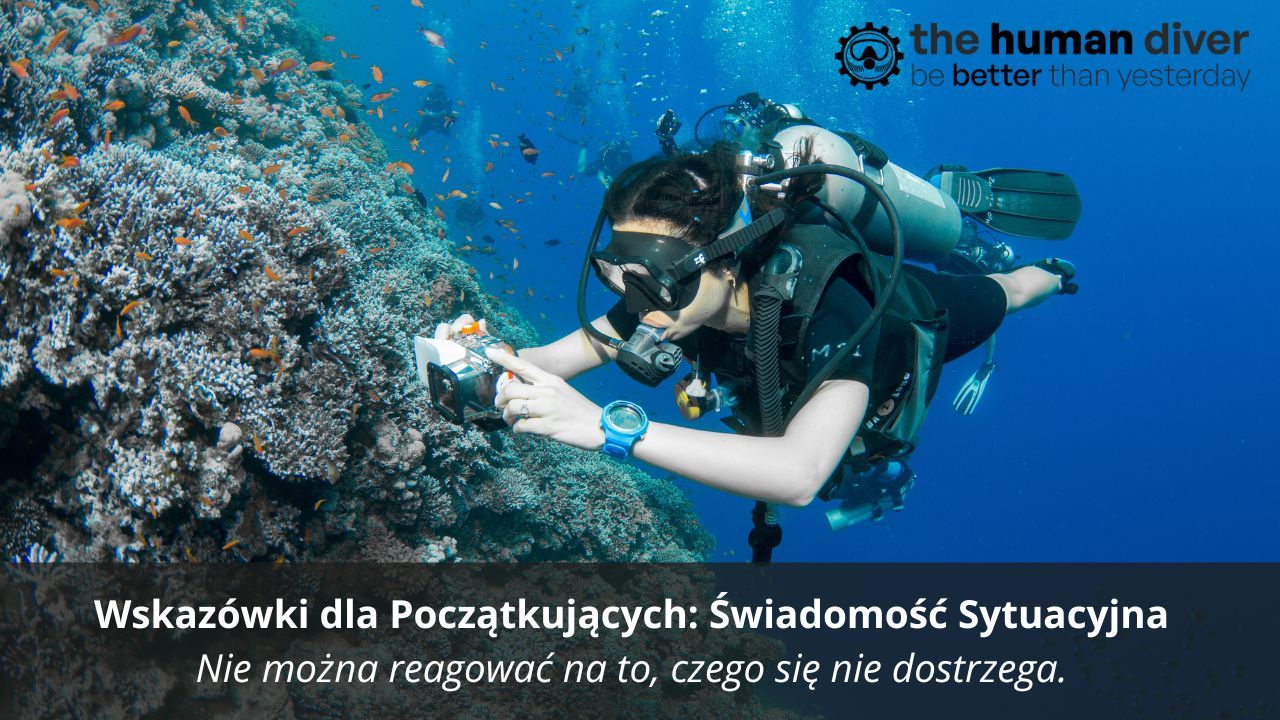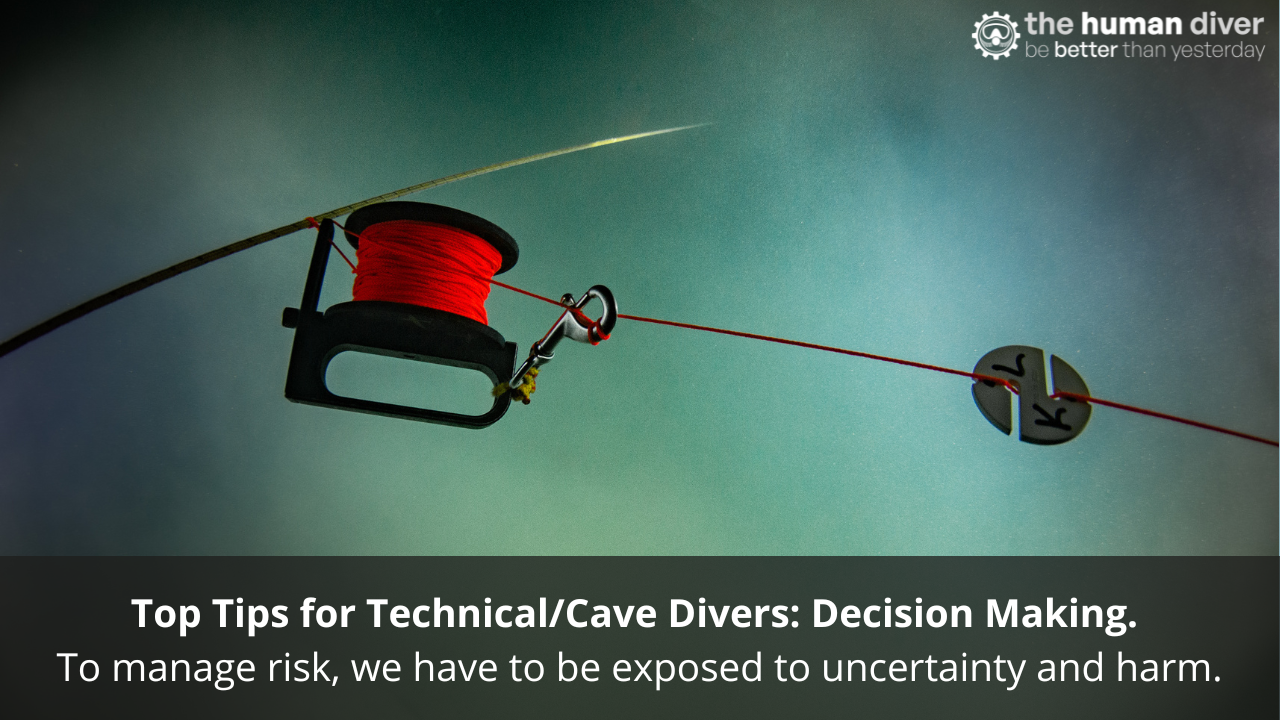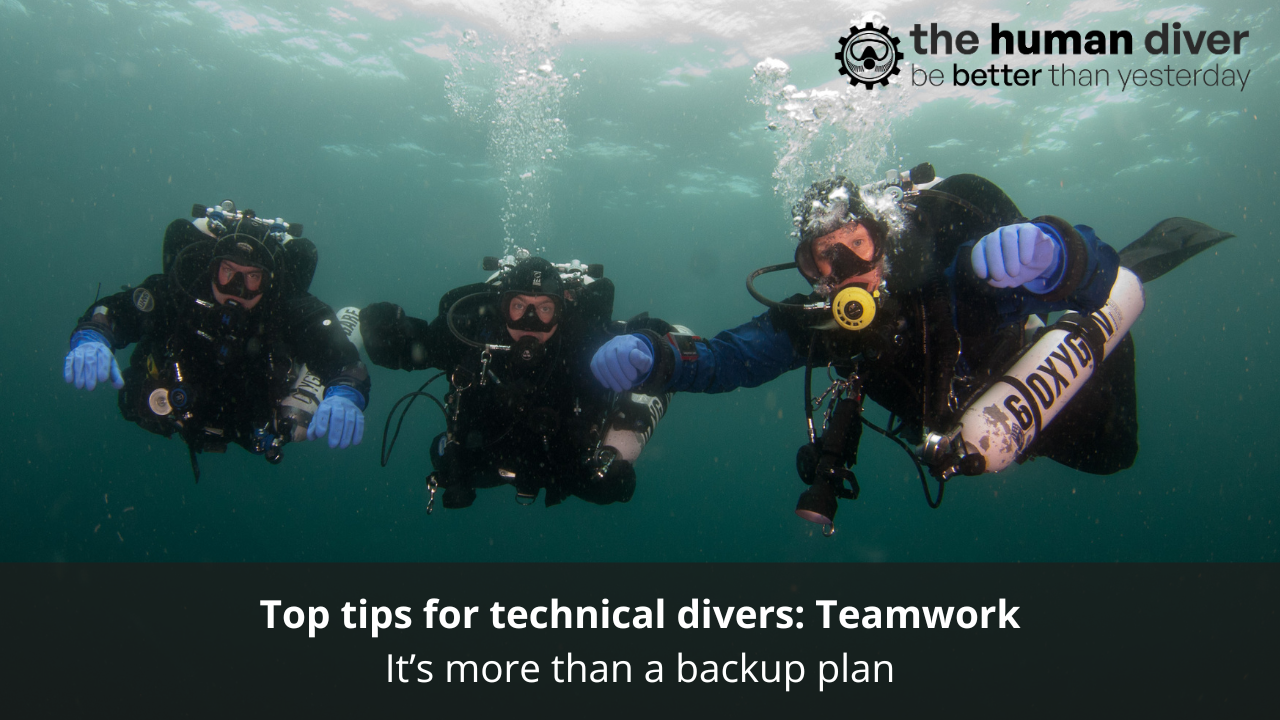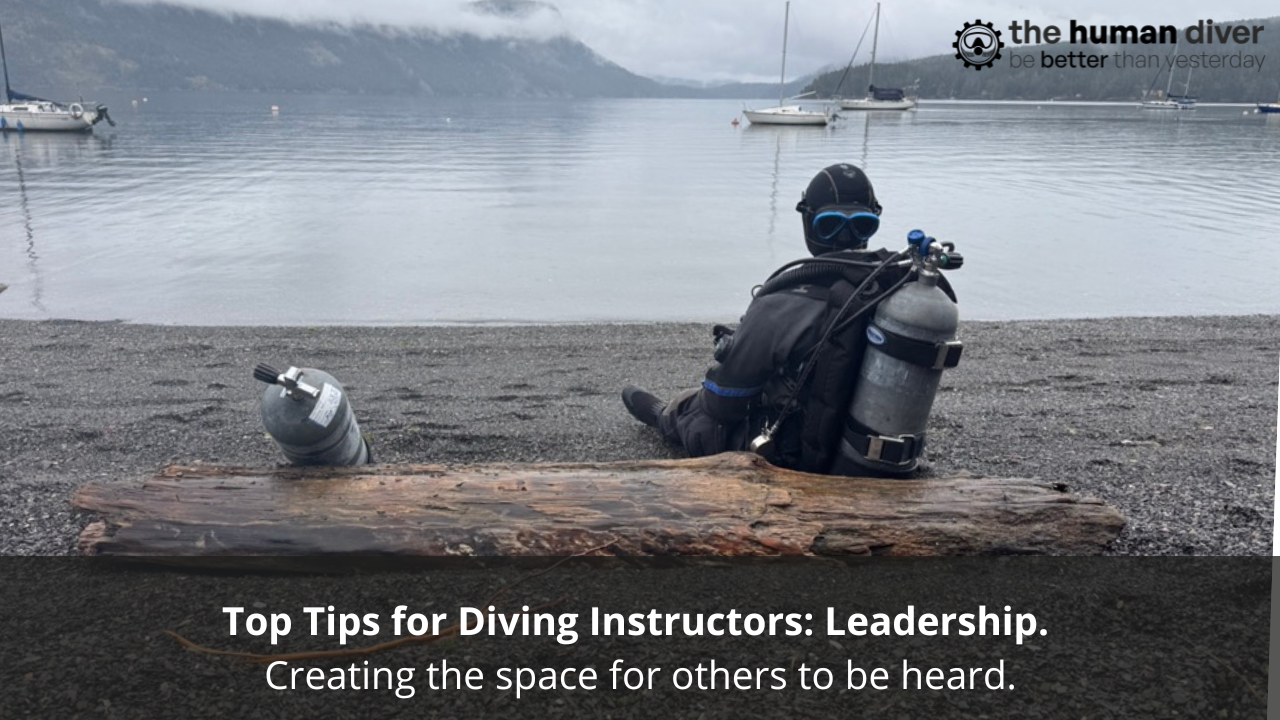
Diving accidents: the want to know what happened and why
Apr 04, 2024Yesterday there was a diving fatality in Norway. I am not going to mention the name, as it isn’t public yet. When I found out about this event, my mind immediately started to think about who was involved, what might have happened, things that could or should have been done to prevent it (even though I don’t know what happened!), or what the individual and team failed to do to prevent this from happening. These fleeting thoughts were stopped quickly, but that didn’t stop them from arising in the first place.
Reflecting on this was quite weird. It led to cognitive dissonance, something Jenny wrote about in a recent blog and this blog from me six years ago.
All throughout the blogs, trainings, and materials I have developed and deliver, I teach the need to slow down, to not jump to conclusions, to stop thinking about how it makes sense for me to not behave in ‘that errant’ way’, but to think about how it made sense for those involved, and their local rationality. And yet, I did exactly that.
And I don’t even know what happened.

I did keep these thoughts to myself, though. I didn’t post them on social media. I didn’t speculate. I pushed them to the back of my mind, recognising that the different narratives will come to the fore from those involved.
Something everyone needs to recognise and accept is that the individual narratives of those involved will be different because those who were present will be undertaking both individual sense-making and group sense-making, the latter as they recall with each other what happened. They will identify dots that they didn’t think existed, and then join them based on their own and shared personal experiences. The story will develop, and gaps will be filled, with ‘truths’ or ‘sort of truths’ (past events that match the gap). These are not lies, but something that looks close enough to a truth to be the truth. Often, we don’t even know what a ‘dot’ is during the activity, so how can we join them to know that the event will end badly. The dots are only apparent after the event, when we can join them working backwards in time, biased by hindsight, severity, and outcome biases.
Stories change. Not intentionally. Not maliciously.
Accounts will change over time, too. Our memories do not act like digital video and audio recorders. Our memories are encoded with linked context, and it is this context that allows us to recall it more easily—the more emotionally significant, the easier it is to recall. Think about a positive or negative experience you had with a loved one a year ago. Now think about what you did two days before that. How easy is the second event to recall?
Each time the memories are found and recounted, they are corrupted or modified slightly, and then re-encoded to be recalled later. This means the narrative of those involved will change over time. It isn’t through malicious intent; it is because of the way our memories work. In addition, this isn’t an excuse for people not to take responsibility for their actions at the time (as was recounted to me recently following the discussion of an incident). Finally, new ideas might come to the fore when other conversations trigger ideas (like my conversation with Woody talking about not wanting to let the team down). Stories trigger other stories.

Two of my favourite quotes on this topic come from Dave Snowden “We only know what we know when we need to know it", and “We can always know more than we can tell, and we will always tell more than we can write down.” These two quotes highlight why it is so difficult to transfer information from one person to another, especially in written form, and why spoken narratives are more important than written ones. A spoken dialogue allows the conversation to meander and wind, finding new paths in the knowledge that is locked in the heads of both people. Sometimes the conversations disappear down rabbit holes, but those paths are important to discover linked information that might remain hidden if a formulaic process is followed and categories look to be filled or boxes ticked. Such discoveries take time but people think you can understand an event quickly…
The greater the shared understanding, the less information that needs to be transferred.
We make assumptions all the time, especially when we are communicating with others. We are cognitively efficient creatures, and assumptions help with this process—only telling others what we think is important and/or relevant. These assumptions can pose problems when it comes to transferring knowledge and understanding from one person to the next.
If we have two people involved in an event, there is some level of shared understanding. If they talk about the event, they don’t need to provide much of the context, only the specific bits they want to talk about. However, if one of those people talks with someone else who wasn’t involved, the involved person needs to spend time setting the scene so that the limited information makes sense to the new listener. If the context isn’t provided, the new listener will fill in the gaps with their own experiences and context, and this will lead to a different story and understanding. The jigsaw puzzle has pieces that fit (in shape), but the image on them will be different. Furthermore, if this new listener now tells a third person the story, the story will morph further because they are missing the context and will fill it with their assumptions and experiences. Again, this is not malicious, but rather the way our memories and communication processes work.

Multiple narratives. More context. Less judgement.
One thing that has come from my research and reading of the existing literature is that if a single narrative is provided, readers will look for counterfactuals (could have, should have, failed to…) and be more judgmental, but when multiple, context-rich narratives are told, there is less judgement, and it is easier to see the local rationality of those involved. Furthermore, when multiple narratives are told, it is easier to see the wider, systemic weaknesses rather than focusing on the ‘causes’ that are close in time and space to the event.
Those stories with greater context and less judgement also increase the likelihood that others will share their stories too, and so the learning across the community increases.
Summary
Suspend the judgement, even though it is normal human nature. Keep the thoughts to yourself. You won’t know what happened, and human nature means you will fill the gaps, and these are more likely to be flawed assumptions.
Questions are better than statements. However, those involved might not know the answers, even if they observed the actions and behaviours. Sense-making takes time, and it requires a curious mindset focused on ‘how did it make sense for THEM to do what they did?’, not ‘how WE would have done said activity’. We are not the actors in the story, we are just the audience.
Resources:
Learning Review Guide for Diving- Blog - Free download
Fit to Dive - Dealing with Trauma in Diving

Gareth Lock is the owner of The Human Diver, a niche company focused on educating and developing divers, instructors and related teams to be high-performing. If you'd like to deepen your diving experience, consider taking the online introduction course which will change your attitude towards diving because safety is your perception, visit the website.
Want to learn more about this article or have questions? Contact us.










